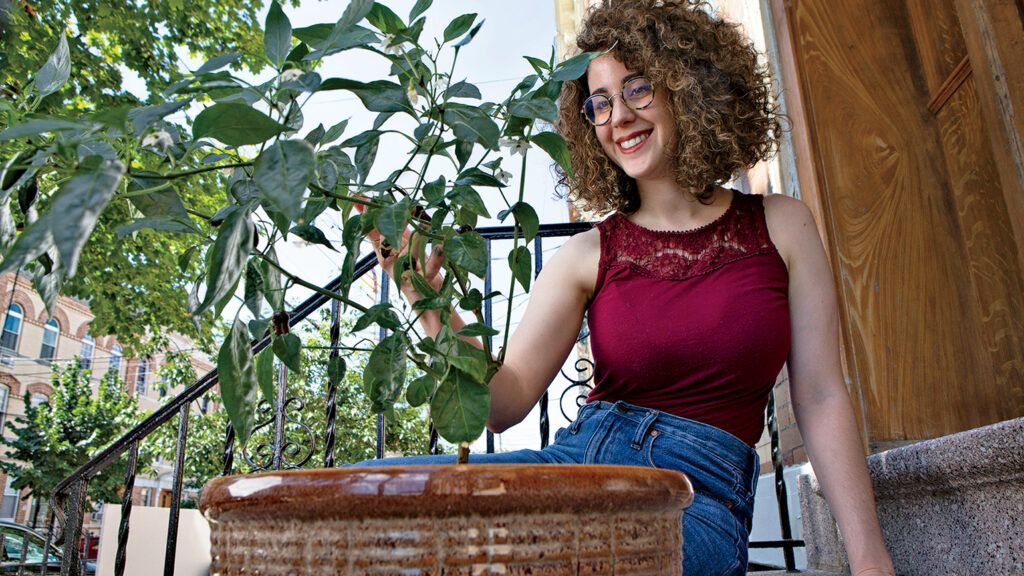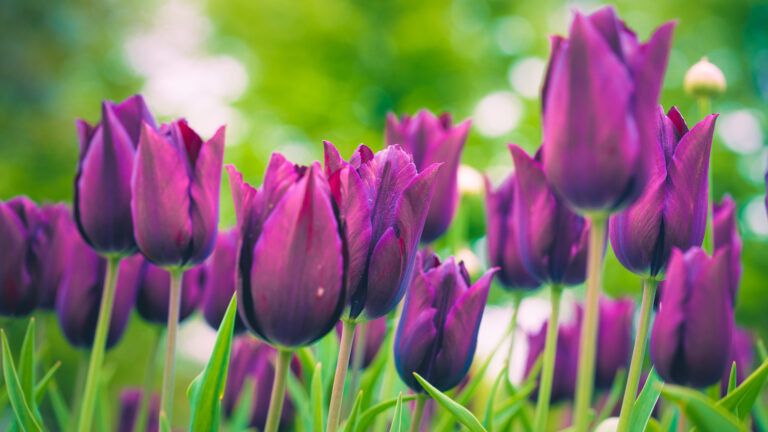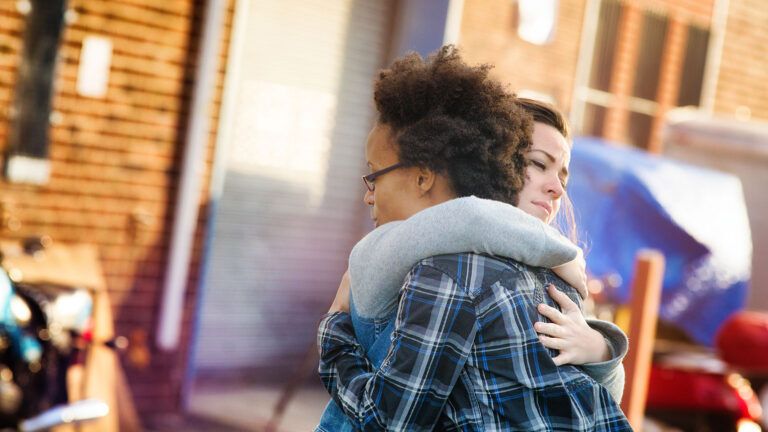It was our last class before summer break. I was finishing up the first year of an MFA program in poetry, going to school while working full-time as a Guideposts editor. I was exhausted—and riddled with doubt. Was I good enough to be in the MFA program? As talented as my peers? I worried I wasn’t progressing as fast as everyone else. When a professor asked about our summer plans, I panicked. I didn’t want to appear idle and somehow undeserving of my spot in the program.
“Gardening,” I blurted out. Where did that come from? I knew nothing about plants!
My professor nodded and said, “What a good idea, Mari! Emily Dickinson loved gardening.”
Emily Dickinson had lived on a homestead in Amherst, Massachusetts, and studied botany as a child. I was in my late twenties, lived in a New York City apartment and had—I repeat—no gardening experience.
A few days later, I was standing in line at a bodega and spotted some seedlings. I suppose I should get something, I thought. At least I could say I’d tried gardening. Kale, herbs and…was that a jalapeño plant? I picked it up. I did like Tex-Mex.
Back home, I called an urban farmer friend. “I bought a jalapeño plant!” “Do you have any garden space?” he said. “I grow peppers in giant plastic tubs outside. They need a lot of sunlight.”
No, but I explained what I did have: a pot, some dirt and ambition.
“Okay,” he said. “Just don’t be surprised if it doesn’t bear fruit. Jalapeños aren’t houseplants.”
I watered and changed the dirt for my little jalapeño plant. I even talked to it. And over the summer, it grew, not enormous but bigger. I was proud. Maybe I didn’t have a black thumb after all. I started the second year of my MFA, and then—as sometimes happens in New York—I had to move out of my apartment. Immediately.
I sold or gave away whatever wasn’t necessary—books, clothes, furniture—and went to stay in my friends’ basement. The plant came too. By the time I signed a lease on my own apartment, it was almost December and my jalapeño was suffering. It was wilted, brown in some places; many of its leaves had fallen off. Would my little guy make it?
This is your new home, I thought as I set my jalapeño next to a window by the kitchen sink. Please be okay. As if its survival were inextricably linked to mine.
I worked hard in school. Spring came. My jalapeño plant came back to life. It grew bigger, with new leaves. I bet I could get more plants, I thought. So I did: a spider plant, a money tree plant. Some herbs: peppermint, basil, lavender. My jalapeño flowered. I submitted my graduate thesis—a book of poems—in May.
I was washing dishes one day when my professor called. “Your poems are strong,” he said. “You’ve come very far.”
A huge weight lifted. I’d done it! I went back to the dishes, but something was off. The flowers on my jalapeño plant were gone. Had I done something wrong? I peered closer. Where a flower had been, a tiny green fruit pushed through, barely the size of a dime.
I smiled. I had thrived in my MFA program, and my jalapeño plant had grown right beside me, both of us doing things I hadn’t thought possible.
For more inspiring stories, subscribe to Guideposts magazine.





